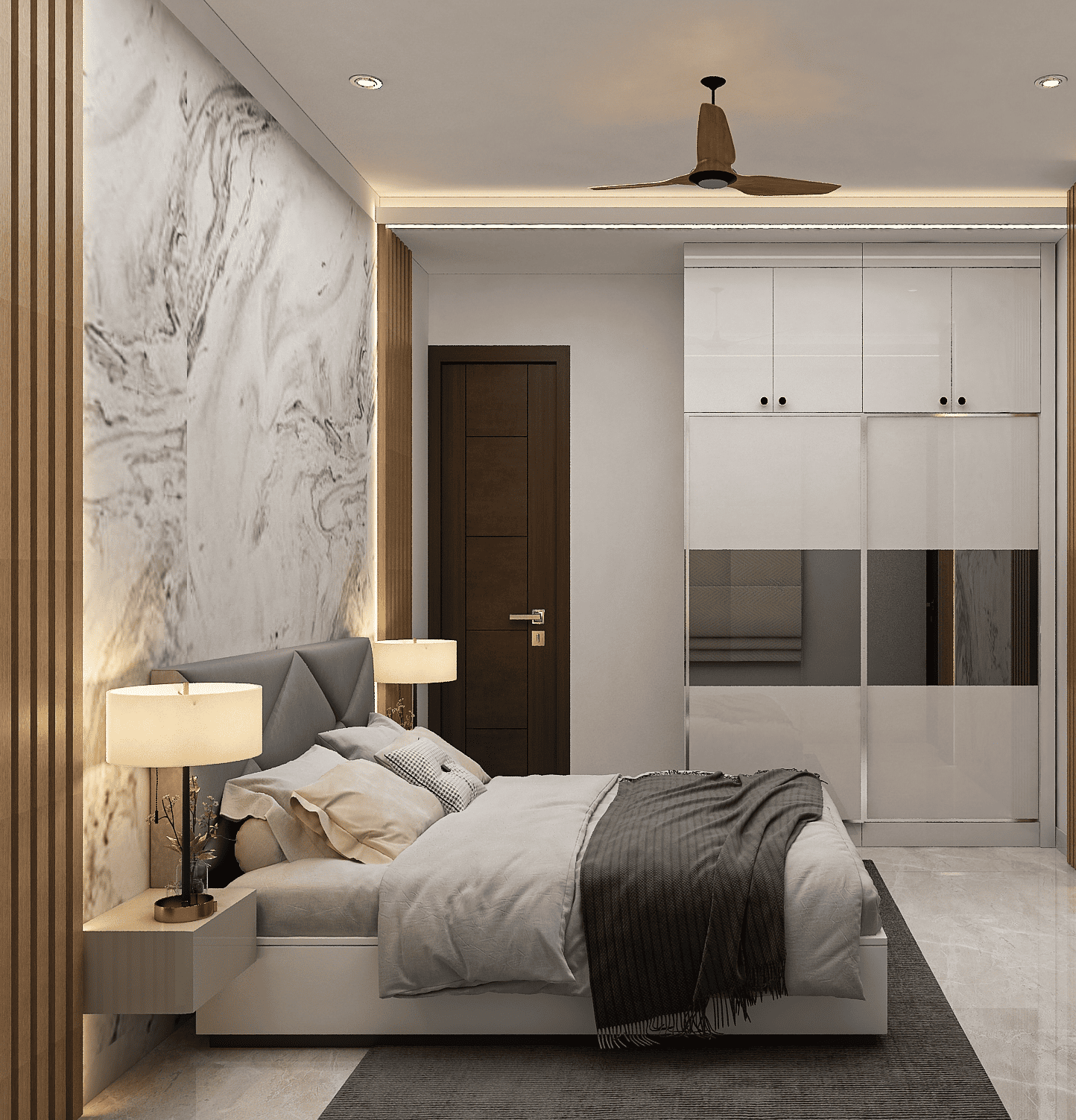
The Future of Interior Design: Tech Trends to Watch
As we move further into the 21st century, technology continues to revolutionize the way we live, work, and design our interiors. From smart home innovations to sustainable materials, the future of interior design is bright and full of possibilities. In this post, we’ll explore some of the most exciting tech trends that are shaping the landscape of interior design.
1. Smart Homes: The Integration of IoT
The Internet of Things (IoT) has transformed the concept of a smart home. Homeowners can now control lighting, temperature, security, and even appliances from their smartphones or voice-activated devices. This integration not only enhances convenience but also allows for personalized living experiences.
Key Innovations:
- Smart Lighting: Automated lighting systems that adjust brightness and color based on the time of day or user preference.
- Thermostats: Smart thermostats that learn your schedule and adjust heating and cooling accordingly, improving energy efficiency.
- Security Systems: Advanced security features, including smart locks and cameras, that offer real-time monitoring and alerts.
2. Augmented Reality (AR) and Virtual Reality (VR)
AR and VR are transforming the way we visualize spaces. These technologies enable designers and homeowners to create immersive experiences, making it easier to experiment with layouts, colors, and furniture before making decisions.
Applications:
- Virtual Tours: Walkthroughs of homes or design concepts using VR headsets, providing a realistic sense of space and flow.
- AR Apps: Applications that allow users to visualize how furniture or decor will look in their space by overlaying digital images onto real-world environments.
3. 3D Printing: Customization at Your Fingertips
3D printing is revolutionizing the production of furniture and decor items. This technology allows for rapid prototyping and customization, giving designers the ability to create unique pieces tailored to individual preferences.
Benefits:
- Personalization: Tailor designs to fit specific dimensions, styles, and materials.
- Sustainability: Reduced waste and the ability to use eco-friendly materials in the printing process.
4. Sustainable Design Technology
As environmental awareness grows, sustainable design is becoming increasingly important. Technology is playing a key role in promoting eco-friendly practices and materials in interior design.
Innovations:
- Smart Energy Management: Tools that monitor and manage energy usage, promoting efficiency and reducing carbon footprints.
- Sustainable Materials: The rise of materials like bamboo, recycled plastics, and biocomposites, which are environmentally friendly and aesthetically pleasing.
5. Biophilic Design: Connecting with Nature
Biophilic design emphasizes the connection between humans and nature, and technology is helping to bring the outdoors inside. This trend focuses on creating environments that promote well-being and reduce stress.
Features:
- Living Walls: Vertical gardens that incorporate plants into interior spaces, improving air quality and aesthetics.
- Natural Light Solutions: Smart windows that adjust transparency to optimize natural light and reduce energy consumption.
6. Advanced Materials and Textiles
The future of interior design is also being shaped by innovations in materials and textiles. From self-cleaning surfaces to responsive fabrics, the possibilities are endless.
Examples:
- Smart Fabrics: Textiles that respond to environmental changes, offering benefits like temperature regulation and moisture-wicking.
- Nanotechnology: Coatings that make surfaces resistant to stains and scratches, enhancing durability and longevity.
7. AI-Powered Design Tools
Artificial Intelligence (AI) is increasingly being integrated into design software, allowing for smarter, more efficient design processes. AI can analyze trends, suggest layouts, and even predict user preferences based on data.
Impacts:
- Efficiency: Streamlined design processes that reduce time and effort.
- Enhanced Creativity: AI tools can inspire designers by generating new ideas and concepts based on user input.
Conclusion
The future of interior design is an exciting blend of technology and creativity. As we embrace these trends, we not only enhance the functionality of our spaces but also create environments that reflect our values and lifestyles. Whether you’re a homeowner looking to modernize your space or a designer seeking inspiration, staying informed about these tech trends will help you navigate the evolving landscape of interior design.
Stay tuned for more insights into the world of design and technology at SpaceSaga!


